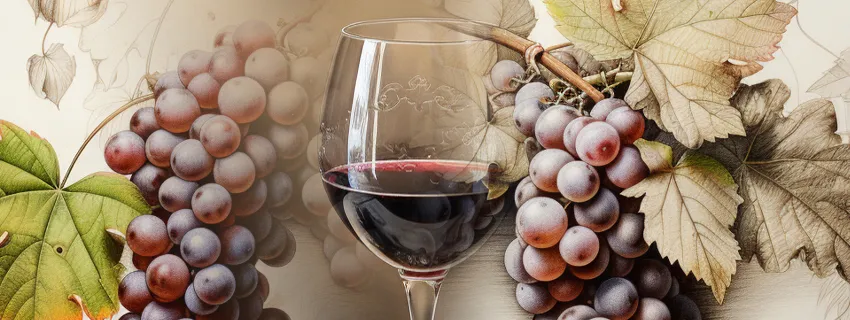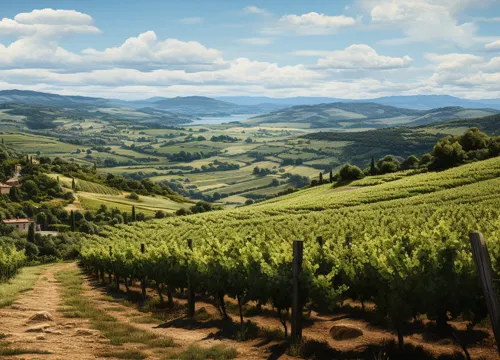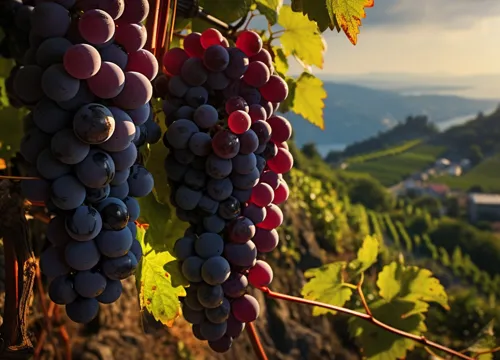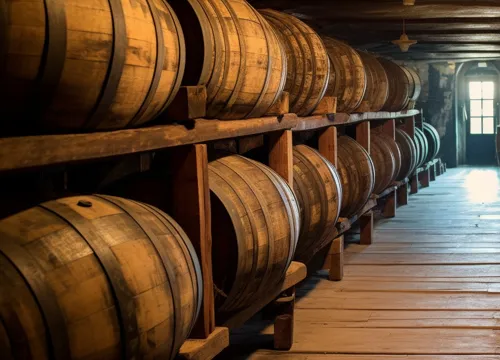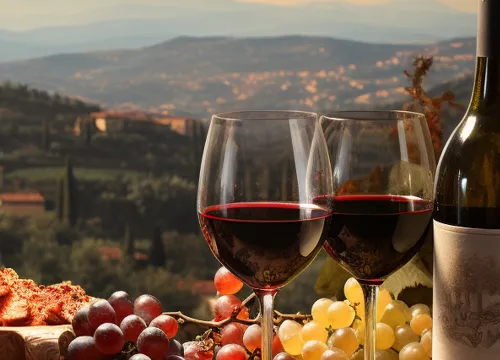Published:
Author: Antonio Maria Guerra
Brunello di Montalcino
HISTORY, INFO, PLACES, INTERESTING FACTS

Brunello di Montalcino, one of the most famous Italian wines in the world, is produced in an enchanted zone of Tuscany, the Municipality of Montalcino, not far from the city of Siena. This red wine, not afraid of the passing of time, can boast of great structure and elegance. Let’s find out its history and many interesting facts, with the precious help of its most traditional producers.

What is Brunello di Montalcino?
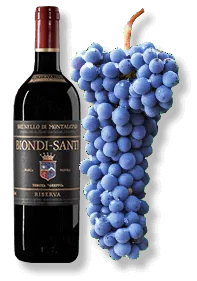 Brunello di Montalcino is undoubtedly one of the most representative Italian wines in the world.
Brunello di Montalcino is undoubtedly one of the most representative Italian wines in the world.
It’s a red wine, produced exclusively in the area of the Tuscan village of Montalcino, with a particular variety of the Sangiovese grape, the ‘Sangiovese Grosso’.
It can boast great elegance, structure and balance: characteristics further enhanced by long aging that can last for decades. Over time, this specialty, thanks to its indisputable value and incredible charm, has become a symbol of excellence, considered by many admirers a true work of art.
In this article we’ll show you the production method currently used for Brunello di Montalcino. (read more)
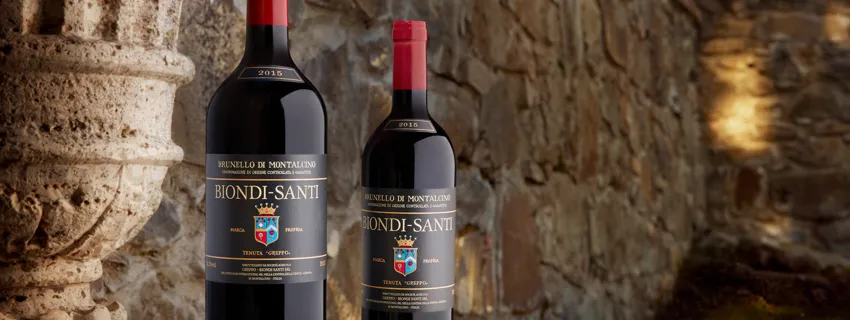

The History di Brunello of Montalcino.
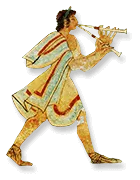 The history of ‘Brunello di Montalcino’, the famous Italian specialty, is closely linked to the countryside surrounding the village of Montalcino. It is an area famous since the distant past for the quality of its wines: historians claim that it is possible to go back at least to the Etruscan era.
The history of ‘Brunello di Montalcino’, the famous Italian specialty, is closely linked to the countryside surrounding the village of Montalcino. It is an area famous since the distant past for the quality of its wines: historians claim that it is possible to go back at least to the Etruscan era.
In the Middle Ages, this reputation grew further, also thanks to the large number of travelers who used the nearby Via Francigena to reach the city of Rome.
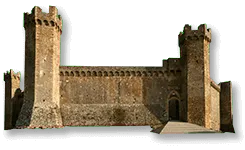 There is no shortage of interesting historical testimonies such as, for example, the one dating back to 1553, according to which the Marshal of France Blaise de Montluc (*1) and his armigers, engaged in the defense of the fortress of Montalcino (*2), “si arrubinava il volto con il rosso vino” (“had a face red for the wine”).
There is no shortage of interesting historical testimonies such as, for example, the one dating back to 1553, according to which the Marshal of France Blaise de Montluc (*1) and his armigers, engaged in the defense of the fortress of Montalcino (*2), “si arrubinava il volto con il rosso vino” (“had a face red for the wine”).
During, more or less, the same period, the Bolognese scholar Leandro Alberti (*3) defined this territory as “molto nominato per li buoni vini che si cavano da quelli ameni colli” (“well known for the good wines coming from those pleasant hills”). The list of references could go on.
However, it’s important to stress the fact that, although one might think the opposite, at least until the beginning of the 19th century, among all the varieties produced in Montalcino, it was not a red wine the most appreciated but a sweet white, known still today as ‘Moscadello’ (*4).
Read more
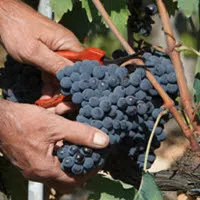 To witness the birth of ‘Brunello’, it was necessary to wait until the second half of the same century, when the first experiments at making pure Sangiovese wine began (*5). In this context, the efforts of Clemente Santi stood out. He was the local pharmacist, a great lover of viticulture, who bet on the characteristics of a particular grapes variety, the ‘Sangiovese Grosso’, in terms of body and aging. In 1869, the ‘vino rosso scelto (brunello)’ (‘selected red wine (brunello)’) (*6) he was so proud of, got his first official recognition: a medal at the Agricultural Exhibition of Montepulciano. This award would be followed by many others, even in France.
To witness the birth of ‘Brunello’, it was necessary to wait until the second half of the same century, when the first experiments at making pure Sangiovese wine began (*5). In this context, the efforts of Clemente Santi stood out. He was the local pharmacist, a great lover of viticulture, who bet on the characteristics of a particular grapes variety, the ‘Sangiovese Grosso’, in terms of body and aging. In 1869, the ‘vino rosso scelto (brunello)’ (‘selected red wine (brunello)’) (*6) he was so proud of, got his first official recognition: a medal at the Agricultural Exhibition of Montepulciano. This award would be followed by many others, even in France.
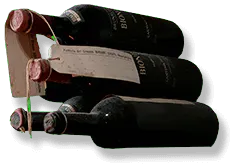 The period between the second half of the nineteenth century and the first of the twentieth century was quite difficult, due to the spread of Filossera and Peronospera in the European continent and the following decimation of the vineyards. It was Ferruccio Biondi Santi, Clemente’s nephew, who once again believed in the vigor and resilience of Sangiovese, persevering, despite all, in what had now become the family tradition. It was thanks to him that the name ‘Brunello di Montalcino’ (with a capital ‘B’), was printed for the first time on the label of a bottle (*7).
The period between the second half of the nineteenth century and the first of the twentieth century was quite difficult, due to the spread of Filossera and Peronospera in the European continent and the following decimation of the vineyards. It was Ferruccio Biondi Santi, Clemente’s nephew, who once again believed in the vigor and resilience of Sangiovese, persevering, despite all, in what had now become the family tradition. It was thanks to him that the name ‘Brunello di Montalcino’ (with a capital ‘B’), was printed for the first time on the label of a bottle (*7).
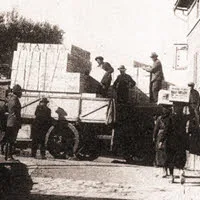 The outbreak of the two world wars was, inevitably, a considerable impediment to wine production in the continent, although it should be remembered that in 1931, therefore between the conflicts, the ‘Fattoria dei Barbi’ company began to sell its Brunello by mail. Starting from the 1950s, thanks to the tenacity of the producing families, the notoriety of the wine gradually returned to grow, both in Italy and abroad. The official consecration took place in 1980, with the assignment of the DOCG Denomination (*8). In 1999, the famous American magazine Wine Spectator, included Brunello di Montalcino among the 12 most exquisite wines of the twentieth century. In 2006, the same magazine crowned it the best in the world (*9).
The outbreak of the two world wars was, inevitably, a considerable impediment to wine production in the continent, although it should be remembered that in 1931, therefore between the conflicts, the ‘Fattoria dei Barbi’ company began to sell its Brunello by mail. Starting from the 1950s, thanks to the tenacity of the producing families, the notoriety of the wine gradually returned to grow, both in Italy and abroad. The official consecration took place in 1980, with the assignment of the DOCG Denomination (*8). In 1999, the famous American magazine Wine Spectator, included Brunello di Montalcino among the 12 most exquisite wines of the twentieth century. In 2006, the same magazine crowned it the best in the world (*9).
Notes:
*1: Blaise de Montluc, Marshal of France, also known as Biagio di Monluc (more information);
*2: Fortress considered at the time almost impregnable;
*3: Leandro Alberti, historian, theologian and philosopher originally from the city of Bologna (more information);
*4: It’s a Muscat wine, marketed still today, produced in the province of Siena and particularly in the Municipality of Montalcino;
*5: ‘In purezza’, ie monovarietal: 100% Sangiovese;
*6: It was the first time that the name ‘Brunello’ appeared in an official document;
*7: These bottles belonged the first vintage of Biondi Santi: vintage 1888;
*8: Brunello di Montalcino is one of the first two Italian DOCGs;
*9: Brunello di Montalcino ‘Tenuta Nuova’, vintage 2001.

Brunello di Montalcino
THE MOST TRADITIONAL PRODUCERS
This article is the result of a collaboration with the Consorzio del Vino Brunello di Montalcino and Biondi-Santi, the most traditional producers of the famous specialty.
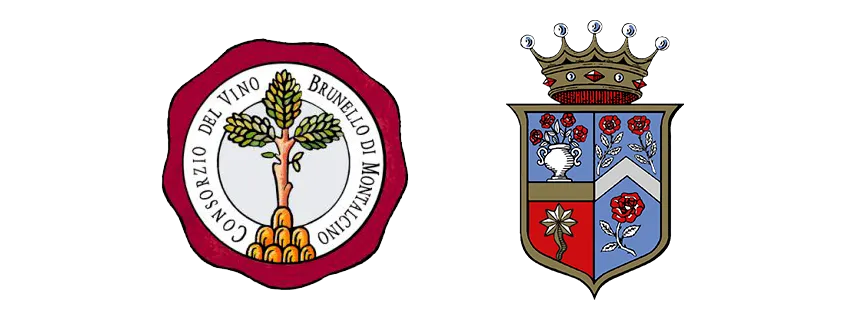
Montalcino: the stuff of fairytales.
Brunello di Montalcino, one of the most known and appreciated wines in the world, was born in Tuscany, about forty kilometers from the city of Siena, on an isolated hill in the Val D’Orcia: the Montalcino hill.
Continua
A place of great charm, which can boast unique, almost fairytale-like views, not surprisingly recognized as a World Heritage Site by UNESCO (2004). The production area, corresponding to the historic borders of the municipality, is bordered by three rivers: the Asso, the Orcia and the Ombrone.
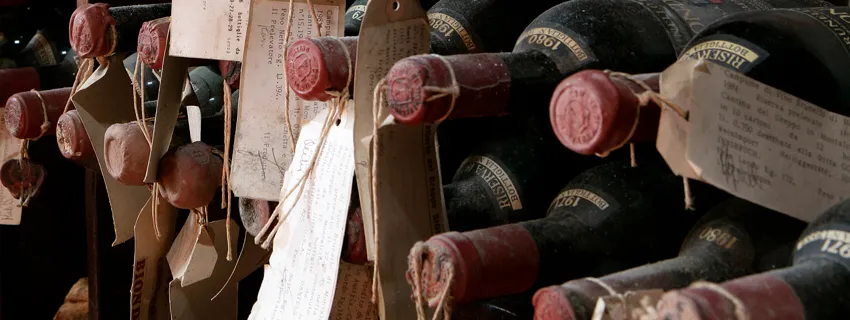
Brunello, one hundred years and still strong.
Two of the elements that most characterize Brunello di Montalcino, that is to say, acidity and tannins, contribute to granting it a very long life. Years and years of aging, far from ruining this great wine, enhance and soften its taste.
Read more
Suffice it to say that, in 1994, Franco Biondi Santi organized, in the presence of numerous experts (sommeliers, oenologists, and journalists), a vertical tasting that included the famous first vintage: the 1888 vintage. Well, after more than a century in a cellar, the bottle turned out to be more than enjoyable.
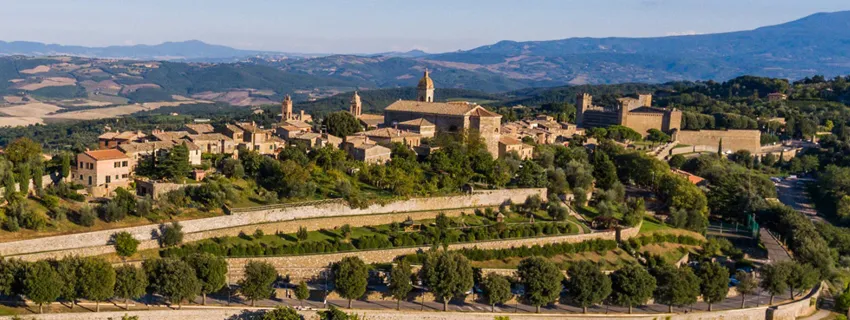
The name of Montalcino.
The name of the town of Montalcino comes from the composition of two Latin words: some scholars hypothesize that these are ‘mons’ (monte – mount) and Lucinus (from ‘Lucina’, another name of the Roman goddess Juno). Others argue that these words could be ‘mons’ and ‘ilcinus’ (holm oak).
Read more
This second theory seems to be the most probable, considering that even today, the coat of arms of the Municipality of Montalcino depicts a holm oak. A curiosity: the inhabitants of the town are called ‘Ilcinesi’.
Il Brunello Buondi Santi in video.
In this short video, absolutely unmissable, Franco Biondi Santi talks about Brunello di Montalcino. He starts from its invention: the work of his grandfather, Clemente Santi.

Brunello di Montalcino: vintage 1888.
Brunello di Montalcino is a wine that, thanks to its peculiar characteristics, can face the passing of the years without fear, refining its elegance with aging.
This premise is necessary to fully understand the charm of the two bottles of Brunello, vintage 1888 (*1), which are still jealously preserved in the ‘Storica’, the cellar of Biondi-Santi Riserva products (*2).
Notes:
*1: Historic first vintage of Biondi-Santi;
*2: The cellar holds bottles belonging to all vintages of Brunello di Montalcino Riserva Biondi-Santi.
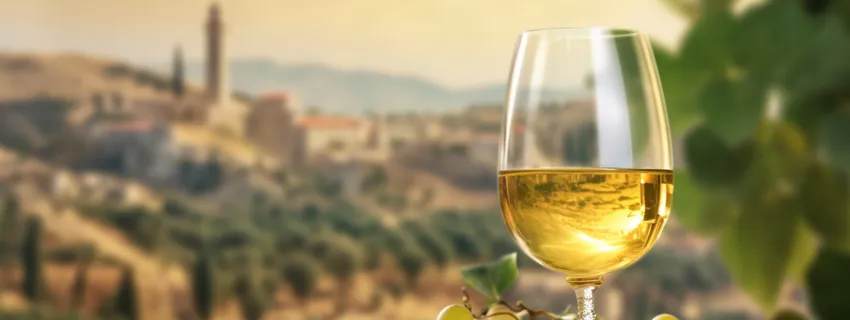
Before Brunello, the Moscadello.
Long before Brunello achieved its great international reputation, another wine from Montalcino was very famous: the ‘Moscadello’.
Read more
A sweet, white muscat wine, with golden reflections, already appreciated during the Renaissance and marketed still today.
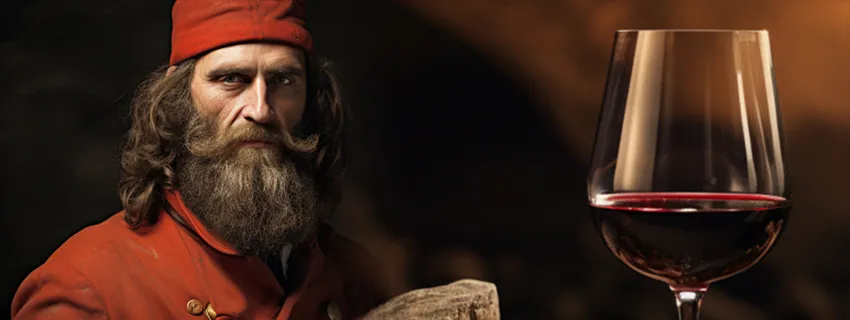
Ferruccio Biondi Santi, Garibaldi and Brunello.
Perhaps not everyone knows that Ferruccio Biondi Santi, undoubtedly one of the most important characters in the history of Brunello di Montalcino, fought (and won) under the command of Giuseppe Garibaldi in the battle of Bezecca (1866).
Read more
A curiosity adding further charm to the one which, in 1932, was declared by the Italian Ministry of Agriculture the inventor of the famous wine (“… a recent creation by Dr. Ferruccio Biondi Santi from Montalcino.”).
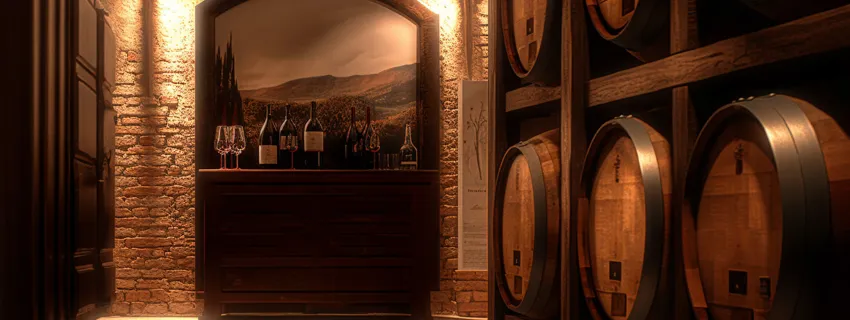
Fattoria dei Barbi and Brunello.
Among the families who have contributed most to make Brunello di Montalcino the product of excellence that we all know today, it’s important to mention, in addition to the Biondi Santi, the Colombini, owners of the ‘Fattoria dei Barbi’ company.
Read more
One of its members, Giovanni Colombini (born in 1906), promoted the marketing of this great wine in Italy and abroad, also using mail-order sales, an activity he pioneered in the early 1930s. He was also the first to understand the importance of ‘wine tourism’, allowing people to visit his cellar.

Brunello di Montalcino producers: contacts.
Consorzio del Vino Brunello di Montalcino
Address: Via Boldrini, 10, 53024 Montalcino (Siena) – ITALY
Official website: Click here
Mail: Click here
Tel.: +39 0577 848246
FAX: +39 0577 849425
Biondi-Santi.
Address: Villa Greppo, 183, 53024 Montalcino (Siena) – ITALY
Official website: www.biondisanti.it
Mail: biondisanti@biondisanti.it
Tel.: +39 0577 848023
FAX: +39 0577 849396
Copyright information.
The images displayed in this page belong to WebFoodCulture, to the Consorzio del Vino Brunello di Montalcino and to Biondi-Santi S.p.a.

